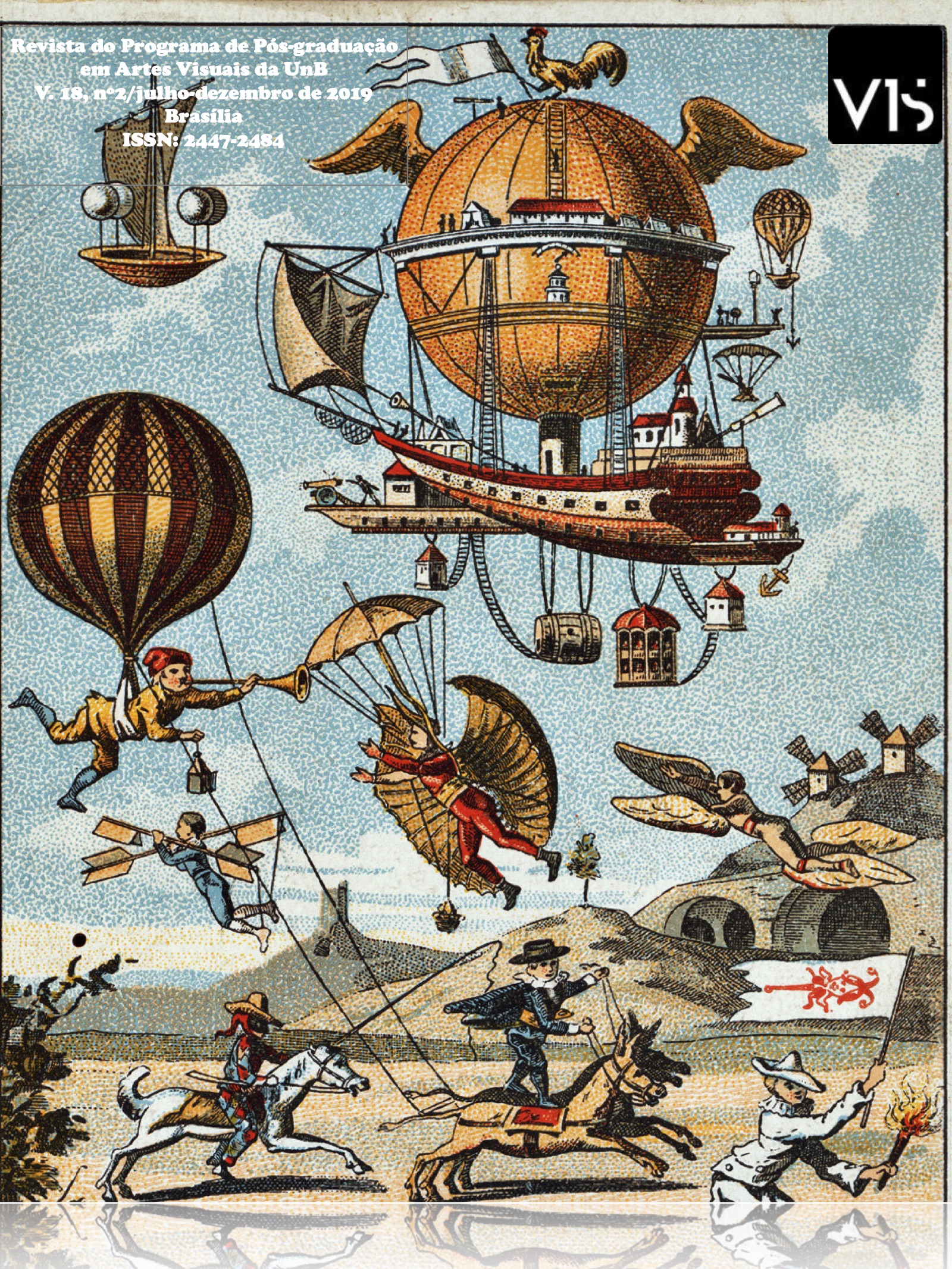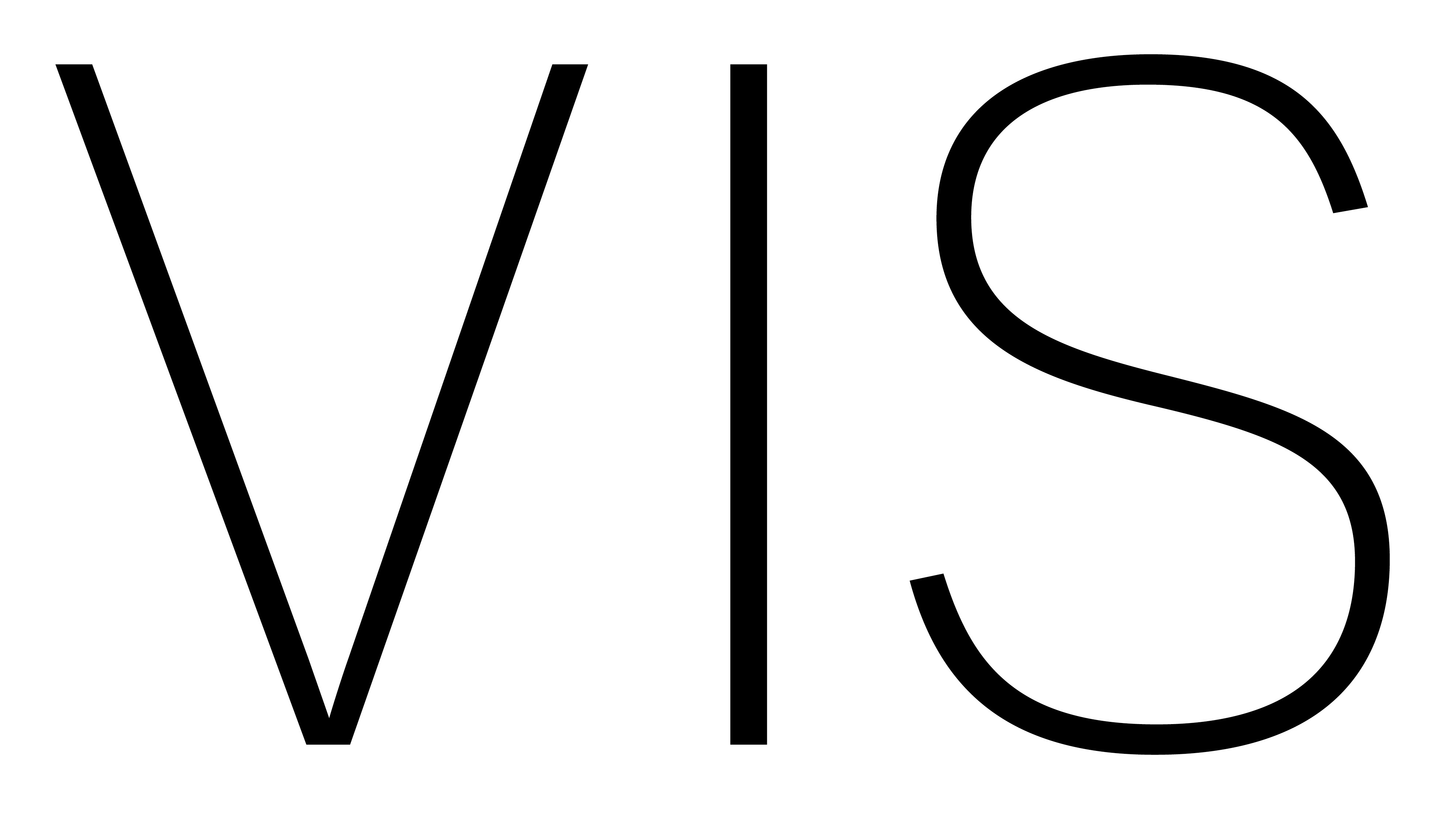Pictures don’t lie. Utopias, dystopias and “aesth-ethical” doubts
DOI:
https://doi.org/10.26512/vis.v18i2.29231Keywords:
Dystopia, Russian literature, Swedish literature, Power, Utopia.Abstract
In 1920, Russian writer Evgueni Zamyatin publishes one of the most important novels of the utopian genre, We, a dystopian futuristic satire in which Zamyatin brings the totalitarian aspects of Sovietism to the extreme consequences. Two decades later, Swedish writer Karin Boye publishes Kallocain, a dystopia in which, as in We, the dystopian future is presented as a universe in which citizens' lives are violently controlled. In this article we will observe how the reflection on dystopia proposed in Zamyatin and Boye's novels is still current in relation to Power, the State, violence and female presence.
References
CLOWES, Edith W. Russia on the Edge. Imagined Geographies and Post-Soviet Identity. Ithaca and London, Cornell University Press, 2011.
FOUCAULT, Michel. O que é um autor?. Lisboa: Vega, 1992.
HELLER, Leonid. “Evgenij Zamyatin (1884-1937)”, in: ETKIND, Efim-NIVAT, Georges,
SERMAN, Il’ja, STRADA, Vittorio. Storia della letteratura russa. Vol. III Il Novecento. 2. La rivoluzione e gli anni Venti. Torino: Einaudi, 1990, p. 515-532.
LE GUIN, Ursula K. “The Stalin in the Soul”, in The Language of the Night, New York: Putnam, 1979, p. 211-221.
________. A mão esquerda da escuridão. São Paulo: Aleph, 2008.
MILDONIAN, Paola. Alterego. Racconti in forma di diario tra Ottocento e Novecento. Venezia: Marsilio, 2001.
SUVIN, Darko. “On the Poetics of Science Fiction Genre”, IN: ROSE, Mark. Science Fiction: a Collection of Critical Essays. New Jersey: Prentice-Hall, 1976, pp. 58-71.
WOVLES, Richard B. “Introduction” to Boye, Karin. Kallocain. Madison-Milwaukee-London: University of Wisconsin Press, 1966, p. III-XXI.
ZAMYATIN, Yevgueny. “Ya boyus”. In: Dom iskusstv, n. 1, 1920, p. 45.
___________, “Pis’mo Stalinu”, in Zamyatin, Ye. Lica. New York, 1967 (s.p.)
___________, Nous autres. Paris: Gallimard, 1971.




